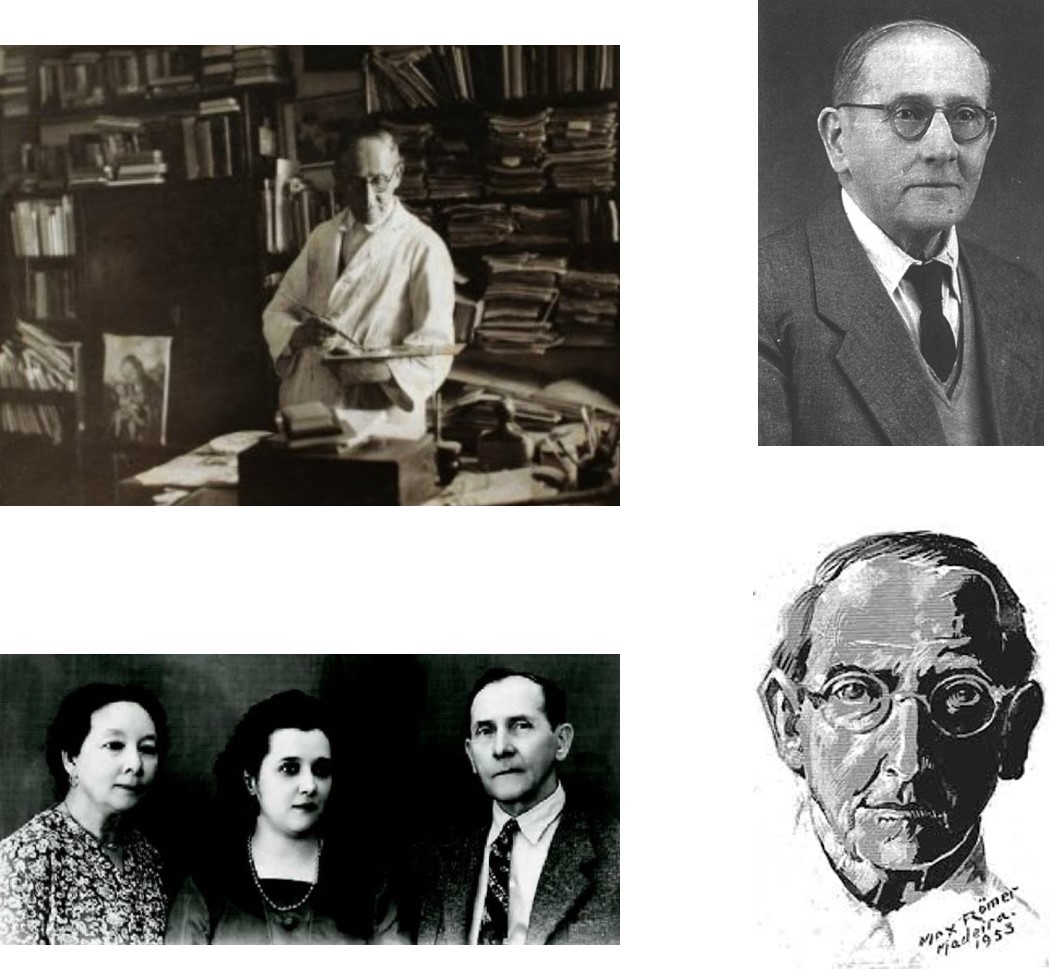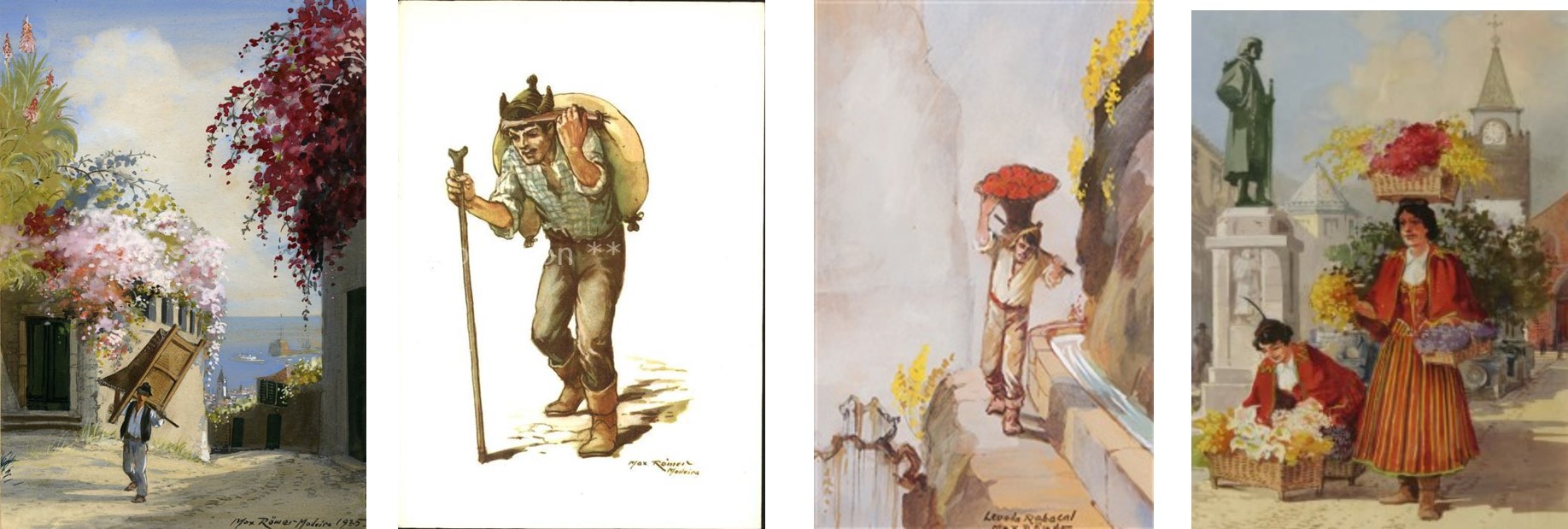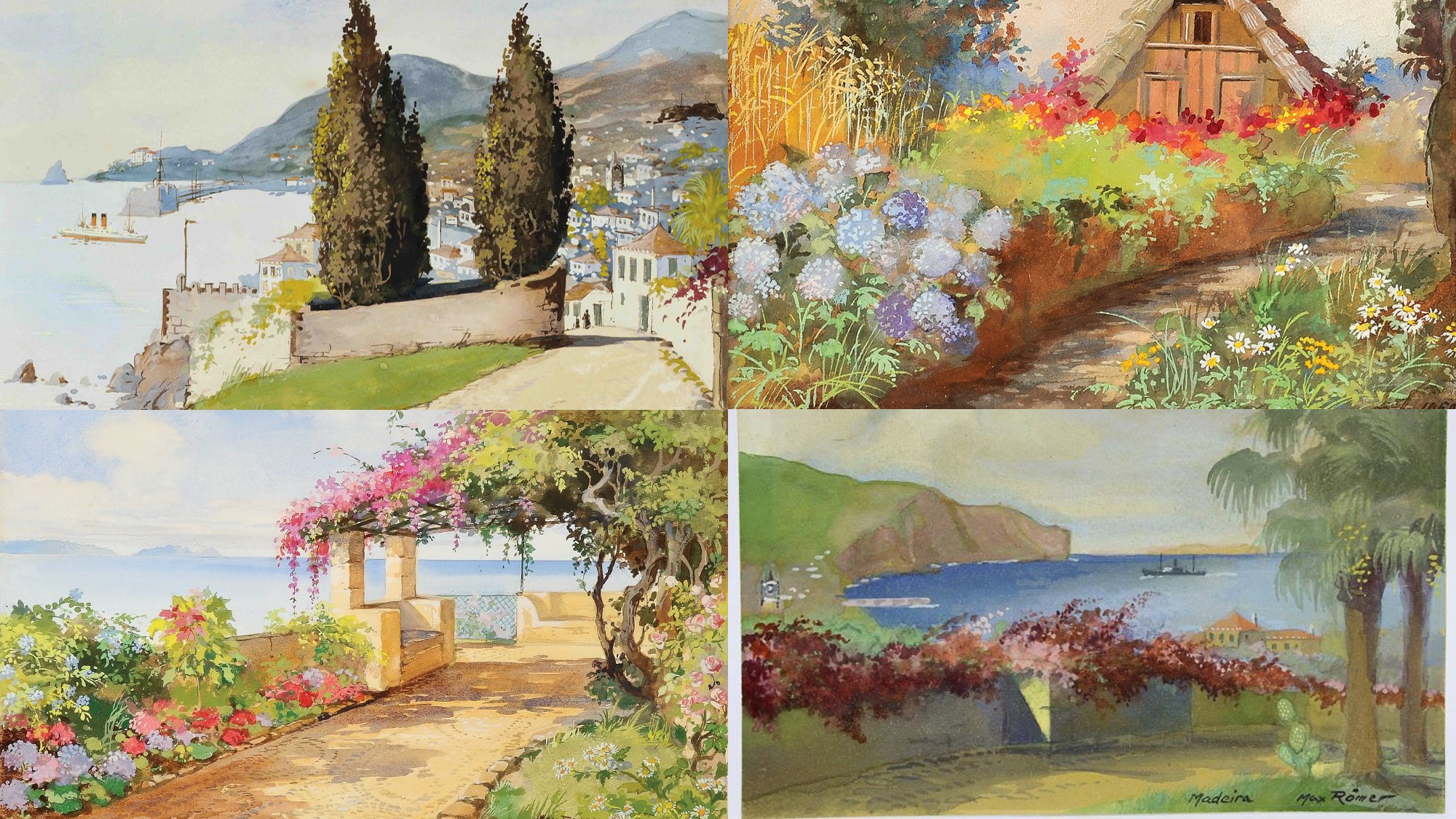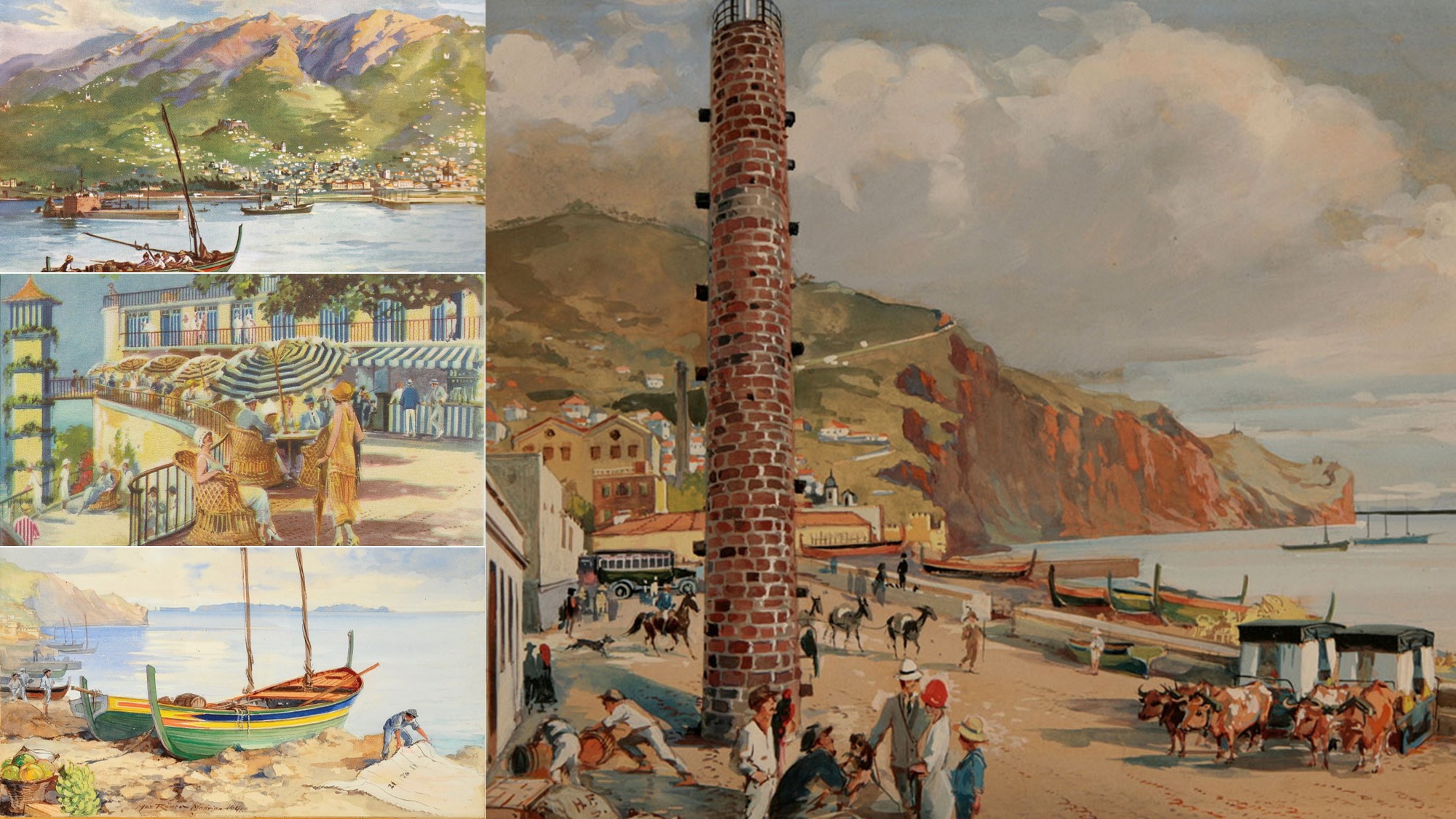A German Painter in Madeira: Max Römer
A German Painter in Madeira: Max Römer
Max Wilhelm Römer saw the light on November 22nd, 1878 in Hamburg, Germany. His wife became ill and upon the recommendation of a Danish friend, he decided to move to Madeira due to its mild climate. He packed belongings, wife and children onto the Brazilian steamboat “Curvello” with destination Madeira. He thus arrived in Madeira in 1922 and stayed on the island until his death in 1960. Max Römer was a painter. Even though he was German, Max was one of the most productive Madeira painters. He lived in Funchal during 38 very prolific years.

Max Römer: Painter of Madeira’s Collective Memory
Max Römer painted sceneries. However, Max is most famous for his depiction of Madeirans during their daily life as well as Madeira Traditions and Folklore. His work is of special interest for all those who research the ethnography and the relatively recent past of Madeira. Hence, his work belongs to Madeira’s collective memory.

It is near impossible to rightfully describe the work of Max Römer. His works are scattered all around the world. Private collectors and well as public institutions (Museum, …) on Madeira and abroad collect his artwork. One can still find auction at well-known auction houses such as Christie’s nowadays selling his paintings.
Max Römer mastered many artistic techniques. He drew aquarelle paintings, painted murals and ceilings. Furthermore, he decorated chapels and he sculpted. Also he enjoyed making graphic work and illustrations.

His Madeira-related work can be admired in a book published by Funchal for its 500th anniversary. We hope you do enjoy perusing it as much as we did. To read the book, click => here
Nobody drew as many paintings of Madeira as did Max Römer. He loved the island.
Free translation of an interview he gave on 21/01/1932 to the Diário de Notícias in Funchal
Max Römer: “In Madeira, there is nothing ugly. There is the good, the beautiful, the sublime. The island is different every Parish, in every area. There is no monotony anywhere. Over the rugged and abrupt coast, everywhere high rocky mountains and tiny beaches, over the cliffs, full of culture, where the green alternates with mountains where the population is full of pitoresque peculiarities, we, artists, find in abundance images which we want to hold on. In every little excursion the motives for numerous paintings appear before our eyes ….”
Some paintings can be seen in the newly opened Solar do Aposento in Ponta Delgada for example.
